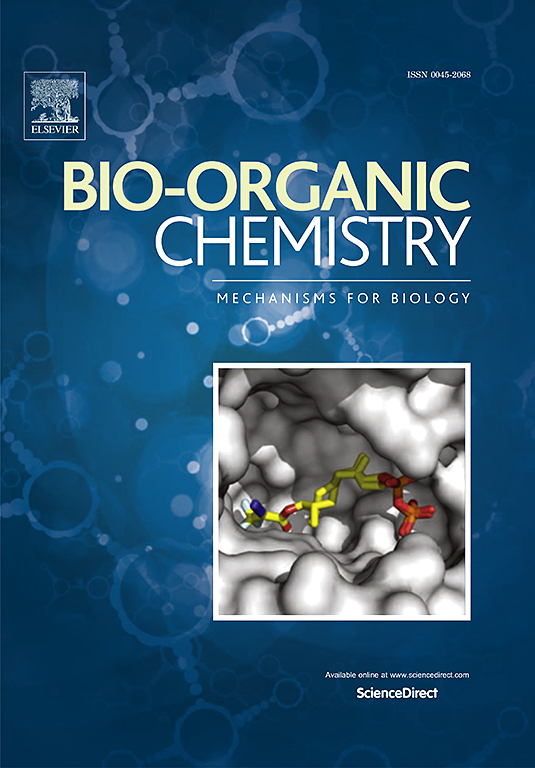Punicalagin as an Artemis inhibitor synergizes with photodynamic therapy in tumor suppression
IF 4.5
2区 医学
Q1 BIOCHEMISTRY & MOLECULAR BIOLOGY
引用次数: 0
Abstract
Photodynamic therapy (PDT) is a minimally invasive treatment that utilizes a photosensitizer, specific light wavelengths, and oxygen to generate reactive oxygen species (ROS), causing oxidative damage and tumor cell death. However, the effectiveness of PDT can be reduced by the intrinsic antioxidant and DNA repair mechanisms of tumor cells. Artemis (SNM1C/DCLRE1C) is an endonuclease essential for repairing DNA double-strand breaks (DSBs) via non-homologous end-joining (NHEJ). Herein, we conducted a high-throughput small-molecule screening and identified Punicalagin (PUG), a natural polyphenol from pomegranate, as a novel Artemis inhibitor with an IC50 value of 296.1 nM. We also investigated the effects of PUG combined with PDT in tumor treatment, using the pentalysine β‐carbonylphthalocyanine zinc (ZnPc5K) as the photosensitizer. In HeLa cells, ZnPc5K-based PDT induced significant DSBs, which could be repaired by the intrinsic DNA repair mechanisms within 12 h. Co-treatment with PUG compromised DNA repair, promoted cell apoptosis, inhibited cell invasion, and suppressed the growth of various tumor cells. Furthermore, in a mouse xenograft model, the combination of PUG and ZnPc5K-PDT effectively inhibited tumor growth with minimal side effects. These findings suggest that PUG, as an Artemis inhibitor, can enhance the therapeutic efficacy of PDT in tumor suppression by impairing DNA repair through the NHEJ pathway.

求助全文
约1分钟内获得全文
求助全文
来源期刊

Bioorganic Chemistry
生物-生化与分子生物学
CiteScore
9.70
自引率
3.90%
发文量
679
审稿时长
31 days
期刊介绍:
Bioorganic Chemistry publishes research that addresses biological questions at the molecular level, using organic chemistry and principles of physical organic chemistry. The scope of the journal covers a range of topics at the organic chemistry-biology interface, including: enzyme catalysis, biotransformation and enzyme inhibition; nucleic acids chemistry; medicinal chemistry; natural product chemistry, natural product synthesis and natural product biosynthesis; antimicrobial agents; lipid and peptide chemistry; biophysical chemistry; biological probes; bio-orthogonal chemistry and biomimetic chemistry.
For manuscripts dealing with synthetic bioactive compounds, the Journal requires that the molecular target of the compounds described must be known, and must be demonstrated experimentally in the manuscript. For studies involving natural products, if the molecular target is unknown, some data beyond simple cell-based toxicity studies to provide insight into the mechanism of action is required. Studies supported by molecular docking are welcome, but must be supported by experimental data. The Journal does not consider manuscripts that are purely theoretical or computational in nature.
The Journal publishes regular articles, short communications and reviews. Reviews are normally invited by Editors or Editorial Board members. Authors of unsolicited reviews should first contact an Editor or Editorial Board member to determine whether the proposed article is within the scope of the Journal.
 求助内容:
求助内容: 应助结果提醒方式:
应助结果提醒方式:


